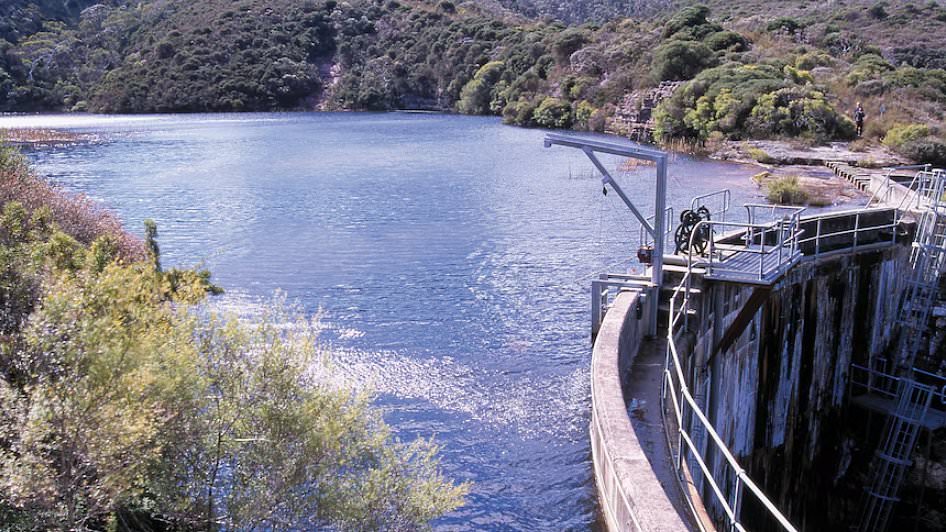Residents in a tourist hotspot have been exposed to cancer-causing ‘forever chemicals’ in their water supply for decades, a major investigation has revealed.
PFAS, known as per- and polyfluoroalkyl substances (PFAS), are a group of 15,000 highly toxic, synthetic chemicals resistant to heat, stains and grease, dubbed ‘forever chemicals’ because of their inability to break down.
High-level contamination was detected in the drinking water catchment serving 30,000 people in the Blue Mountains in NSW in mid-2024.
PFAS levels were found to be about 300 times higher than Sydney’s main drinking water source but they still met n guidelines for safe drinking water.
A WaterNSW investigation released on Friday zeroed in on three potential sources of contamination – dating as far back as 33 years ago.
Two separate motor vehicle accident sites on the Great Western Highway in 1992 and 2002 near the Medlow Bath township, and the Medlow Bath Rural Fire Brigade station were all identified as possible source of contamination in the Adams Creek and Medlow catchments.
Test samples at all three sites revealed the chemical compound signature consistent with the historical use of PFAS-containing fire-fighting foam, banned nationwide in 2007.
Medlow Dam and Greaves Creek Dam, of which Adams Creek is a tributary, will remain disconnected from the water supply system, WaterNSW said.
The dams will only return when permanent mitigation measures are in place.
Steep terrain, potential PFAS spread over a wide geographical region and extensive disturbance of high-value ecological habitat are all flagged as barriers to remediation.
Health authorities say current drinking water meets existing guidelines and is safe to drink. But the report did not quantify the current rate of PFAS discharge from potential source areas in surface water and groundwater, nor the total mass of PFAS previously discharged.
Risks to human health and the environment from exposure to PFAS at the source areas have also not been quantified.
Exposure to PFAS increases the risk of testicular and kidney cancer, affecting the immune system and causing developmental damage in children.
John Dee, a veteran environmental activist who started the Stop PFAS group, has urged the buck-passing between agencies such as Sydney Water, the NSW Environmental Protection Authority and WaterNSW to stop.
‘It’s been shown that Sydney Water and WaterNSW have not been fully transparent with the PFAS testing of our local drinking water, ‘he told AAP.
‘It’s deliberately avoiding uncomfortable truths about the true state of water health in the Blue Mountains.’
He called for a single, independent statewide authority with comprehensive responsibility for overseeing PFAS contamination management and removal.
The National Health and Medical Research Council drafted new drinking water guidelines in October, reducing the benchmark for the PFOA group of chemicals from 560 to 200 nanograms per litre based on cancer-causing effects.
One nanogram is about one drop in 20 Olympic-sized swimming pools.
WaterNSW carried out more than 250 water, soil and sediment samples at 37 sites in March around the Blue Mountains taking samples along water drainage lines, creek lines and reservoirs in the catchment.
After community pressure, Sydney Water installed a $3.4 million mobile PFAS treatment plant, which treats four megalitres of water daily, at the Blue Mountains catchment in January.
